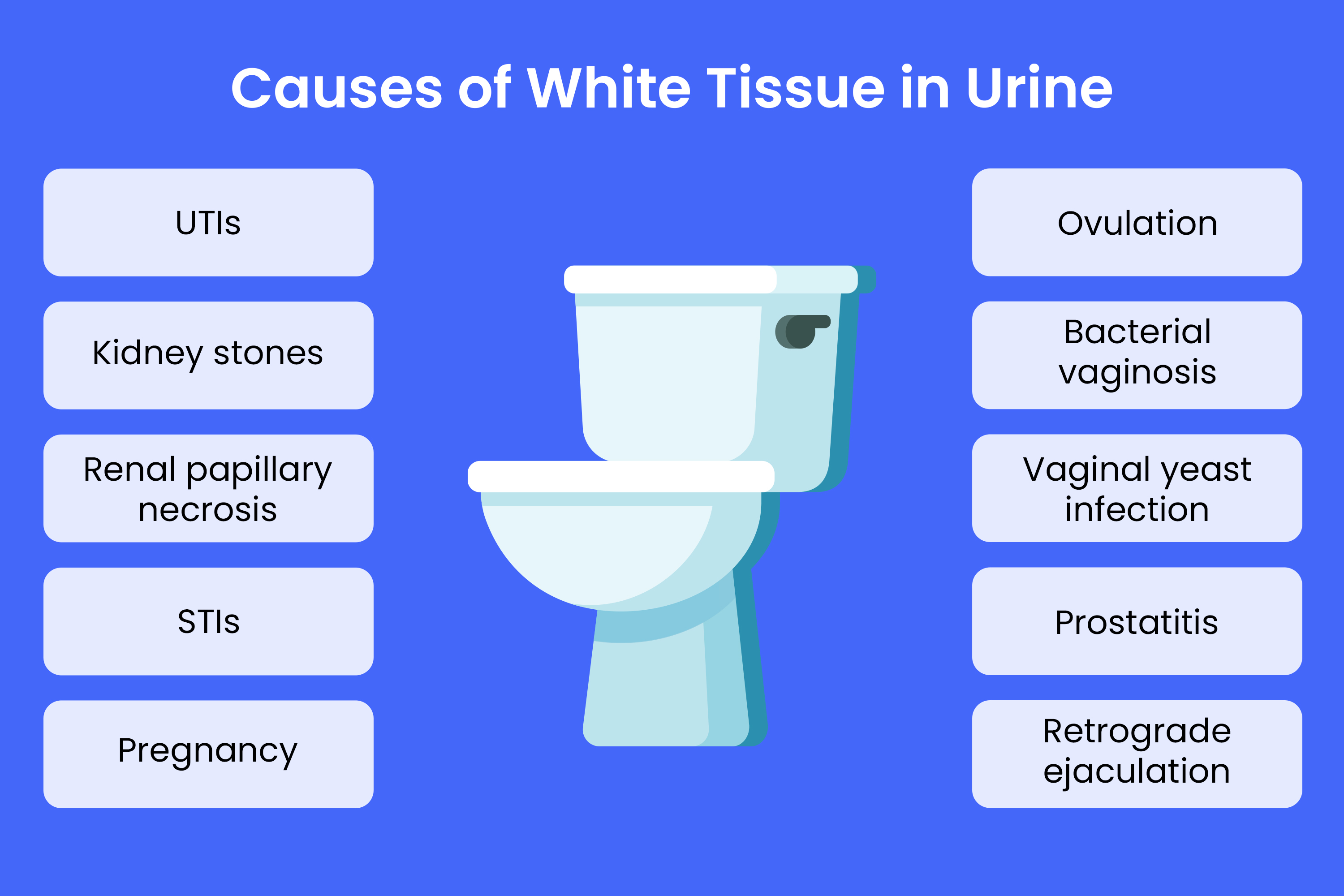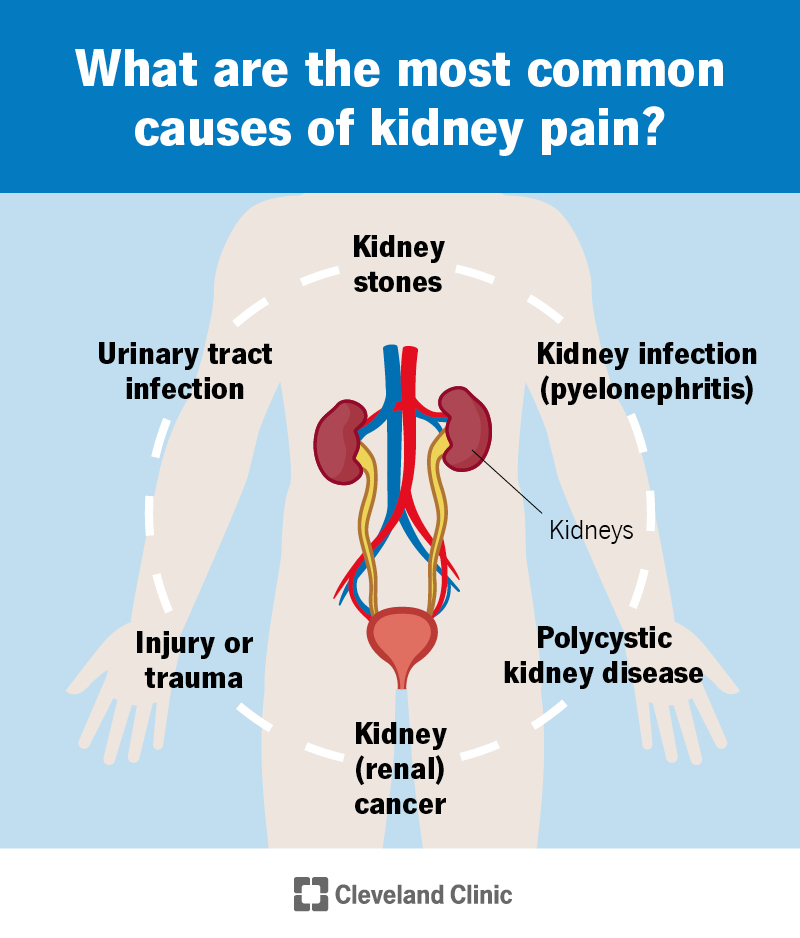Discovering Kidney Stones vs UTI: A Clear Introduction of Causes, Signs, and Remedies
Discovering Kidney Stones vs UTI: A Clear Introduction of Causes, Signs, and Remedies
Blog Article
A Relative Research of the Threat Elements and Avoidance Approaches for Kidney Stones and Urinary System Tract Infections: Insights for Better Health And Wellness
The enhancing frequency of kidney stones and urinary system tract infections (UTIs) necessitates a better evaluation of their interrelated threat factors and avoidance approaches. Both conditions, usually influenced by way of life choices such as diet regimen, hydration, and weight administration, highlight an important junction in wellness promotion. By determining and dealing with these shared susceptabilities, we can develop much more reliable strategies to alleviate the risks related to each. What ramifications might these insights have for public health and wellness initiatives and individual health and wellness management? The answer could reshape our understanding of preventative treatment.
Review of Kidney stones
Kidney stones are an usual urological problem, impacting about 10% of people at some factor in their lives. These solid mineral and salt down payments develop in the kidneys when pee ends up being concentrated, enabling minerals to crystallize and bind together. The structure of kidney stones varies, with calcium oxalate stones being one of the most common, complied with by uric acid, struvite, and cystine stones.
Threat elements for the growth of kidney stones consist of dehydration, dietary practices, obesity, and certain clinical problems such as hyperparathyroidism or metabolic disorders. Signs and symptoms of kidney stones can vary from light discomfort to severe pain, frequently offering as flank discomfort, hematuria, and urinary urgency.

Recognizing Urinary System Infections
Urinary system system infections (UTIs) represent a prevalent medical condition, especially amongst women, with approximately 50-60% experiencing a minimum of one UTI in their life time - Kidney Stones vs UTI. UTIs happen when germs go into the urinary system tract, bring about swelling and infection. This condition can influence any type of part of the urinary system, including the kidneys, ureters, bladder, and urethra, with the bladder being the most typically affected website
The scientific discussion of UTIs normally includes signs and symptoms such as dysuria, boosted urinary frequency, seriousness, and suprapubic discomfort. Sometimes, clients may experience systemic symptoms such as fever and cools, suggesting an extra serious infection, potentially including the kidneys. Medical diagnosis is mostly based upon the visibility of signs, corroborated by urinalysis and urine culture to determine the causative microorganisms.
Escherichia coli is one of the most common microorganism associated with UTIs, representing roughly 80-90% of situations. Danger aspects include physiological proneness, sex, and certain medical conditions, such as diabetes. Understanding the pathophysiology, scientific manifestations, and analysis criteria of UTIs is vital for efficient administration and avoidance approaches in prone populaces.
Shared Threat Aspects
Several shared risk aspects contribute to the development of both kidney stones and urinary tract infections (UTIs), highlighting the interconnectedness of these 2 conditions. Dehydration is a popular threat factor; inadequate liquid consumption can cause focused urine, advertising the development of kidney stones and creating a positive atmosphere for microbial development, which can precipitate UTIs.

Hormone factors, particularly in ladies, might likewise function as shared threat aspects. Changes in estrogen degrees can affect urinary tract health and wellness and stone development. In addition, obesity has been recognized as a common risk aspect, where excess weight can lead to metabolic adjustments that prefer both kidney stone growth and urinary system infections. Acknowledging these shared risk variables is vital for comprehending the facility relationship in between these two wellness issues.
Avoidance Approaches
Recognizing the common danger aspects for kidney stones and urinary system tract infections highlights the value of executing efficient avoidance strategies. Central to these techniques is the promo of adequate hydration, as adequate fluid intake weakens urine, reducing the focus of stone-forming materials and reducing the risk of infection. Health care professionals typically advise drinking a minimum of 2 to 3 liters of water daily, tailored to specific demands.
In addition, nutritional adjustments play a vital role. A well balanced diet reduced in salt, oxalates, and pet proteins can mitigate the development of kidney stones, while increasing the consumption of vegetables and fruits supports urinary system wellness. Regular surveillance of urinary pH and composition can also assist in recognizing proneness to stone development or infections.
Furthermore, preserving appropriate hygiene techniques is crucial, particularly in females, to prevent urinary system system infections. Generally, these prevention strategies are vital for decreasing the incidence of both kidney stones and urinary system system infections.
Way Of Living Modifications for Health And Wellness
Applying details way of see this life changes can significantly lower the threat of establishing kidney stones and urinary system tract infections (UTIs) A well balanced diet plays an important duty; enhancing fluid consumption, especially water, can water down urine and assistance avoid stone formation as well as flush out bacteria that might lead to UTIs.
Regular exercise is likewise essential, as it advertises overall health and wellness and aids in preserving a healthy weight, further reducing the danger of metabolic problems linked with kidney stones. In addition, exercising great hygiene is vital in stopping UTIs, particularly in ladies, where wiping methods and post-coital peeing can play preventative duties.
Avoiding extreme high levels of caffeine and alcohol, both of which can exacerbate dehydration, is advisable. Finally, routine medical exams can help keep track of kidney function and urinary wellness, determining any kind of early signs of issues. By adopting these way of life alterations, people can improve their general Visit Website well-being while properly minimizing the danger of kidney stones and urinary tract infections.
Conclusion
To conclude, the comparative evaluation of kidney stones and urinary tract infections emphasizes the importance of common threat elements such as dehydration, nutritional behaviors, and obesity. Carrying out reliable avoidance techniques that concentrate on sufficient hydration, read the full info here a well balanced diet, and regular physical activity can mitigate the occurrence of both problems. By dealing with these usual determinants with lifestyle alterations and improved hygiene methods, people can boost their overall wellness and decrease their susceptability to these prevalent wellness problems.
The increasing prevalence of kidney stones and urinary system system infections (UTIs) demands a closer evaluation of their interrelated risk variables and avoidance methods - Kidney Stones vs UTI. The composition of kidney stones varies, with calcium oxalate stones being the most widespread, adhered to by uric acid, struvite, and cystine stones
Therapy alternatives vary based on the size and type of the stone, ranging from conventional monitoring with increased liquid intake to medical treatment like lithotripsy or surgical elimination for bigger stones. In addition, weight problems has been determined as a common danger factor, where excess weight can lead to metabolic modifications that favor both kidney stone growth and urinary system system infections.Recognizing the common threat factors for kidney stones and urinary system infections underscores the importance of applying efficient prevention techniques.
Report this page